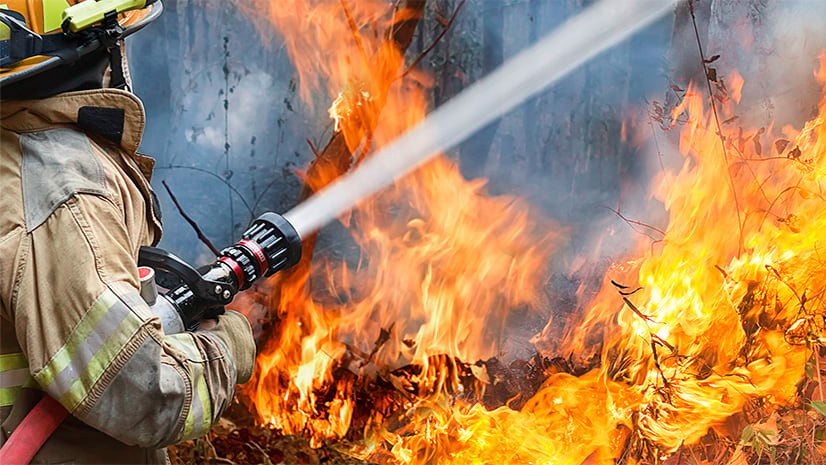Leveraging GIS for Enhanced Emergency Response and Reporting
The National Emergency Response Information System (NERIS) is an innovative platform developed by the US Fire Administration (USFA) to modernize and transform the legacy National Fire Incident Reporting System (NFIRS). NERIS aims to provide a secure, cloud-hosted system that enhances data integration and offers substantial computing power to support the fire and emergency services community.
A geographic information system (GIS) is a technology that allows you to visualize, analyze, and interpret data to understand spatial relationships, patterns, and trends. It integrates various types of data—including geography, satellite imagery, and demographic information—to provide a comprehensive view of a specific area or issue. GIS is a major component of NERIS.
For fire and emergency medical services (EMS), GIS offers numerous benefits. It enables real-time incident mapping and analysis, providing a clear visual representation of where emergencies are occurring. By analyzing incident data, you can identify patterns and trends, such as areas with high fire risk or frequent medical emergencies, which helps in resource allocation and strategic planning. GIS also aids in resource management by tracking the location and status of personnel, fire trucks, ambulances, and other resources, ensuring that the nearest available unit is dispatched to an emergency, thus reducing response times. Additionally, GIS helps optimize the placement of fire stations and EMS units by analyzing historical data to ensure maximum coverage and efficiency.
Community risk reduction is another critical area where GIS proves invaluable. It can identify high-risk areas based on factors such as building materials, population density, and historical incident data, which is crucial for developing targeted risk reduction strategies. GIS also facilitates public education by creating maps and visualizations that communicate risk areas to the public, helping to educate and prepare the community.
In terms of emergency response planning, GIS allows for the creation of detailed pre-incident plans, including building layouts, hydrant locations, and evacuation routes, which are vital for effective emergency response. It can also simulate various emergency scenarios, helping to train personnel and improve preparedness. Furthermore, GIS integrates data from multiple sources, including CAD systems, weather data, and social media feeds, providing a comprehensive view of the situation. This interoperability enhances coordination and collaboration between different agencies and departments during emergencies.
To become NERIS-ready with Esri GIS technology, fire and EMS services should start by contacting their Esri account executive to discuss specific needs and goals. Setting up an Esri account will provide access to Esri’s suite of tools and resources. Exploring Esri’s training resources, including online courses, webinars, and tutorials, will help your team get up to speed with GIS technology.
Preparing for NERIS implementation involves assessing your current GIS infrastructure to ensure it meets the requirements for NERIS, including hardware, software, and network capabilities. Ensuring your fire incident data is well-organized and formatted according to Esri’s data schemas will facilitate smoother integration with NERIS. Training your staff on how to use Esri GIS tools and the NERIS system is crucial for managing and reporting fire incident data effectively. Consider enrolling in Esri’s specialized training programs for public safety and emergency management.
Setting up solutions from ArcGIS Solutions for NERIS data, such as the Fire Incident Dashboard and the Community Risk Reduction solution, will further enhance your department’s capabilities. The Fire Incident Dashboard provides real-time visualization and analysis of fire incidents, while the Community Risk Reduction solution helps identify and mitigate community risks. Both solutions can be customized to fit your community’s specific needs and are compatible with NERIS using Esri’s data schemas and architecture.
By following these steps, you’ll be well on your way to leveraging Esri GIS technology to enhance your fire department’s operations and readiness for NERIS implementation. If you have any questions or need further assistance, don’t hesitate to reach out to your Esri account executive or the Esri Public Safety Team at publicsafetyinfo@esri.com.




